Yes the diode lights up red, I checked the connections
13pin esp - DIN
12pin esp - BCK
14pin esp - LCK
13pin esp - DIN
12pin esp - BCK
14pin esp - LCK
Czy wolisz polską wersję strony elektroda?
Nie, dziękuję Przekieruj mnie tam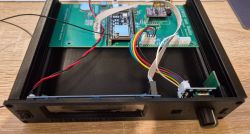 .
.
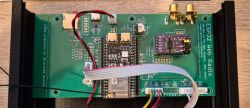 .
.
 .
.
 .
.
 .
.
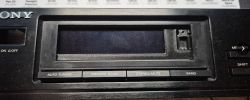 .
.
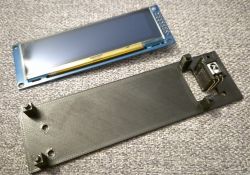 .
.
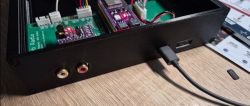 .
.
 .
.
 .
.
 .
.
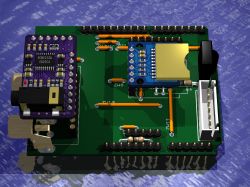 .
.
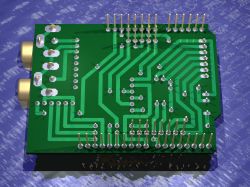
robgold wrote:@DJCheester You have deliberately blocked the slot with an IR receiver ? The card certainly won't fall out but you won't pull it out easily either.
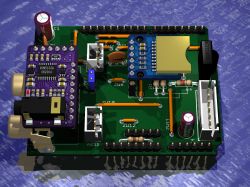 .
.

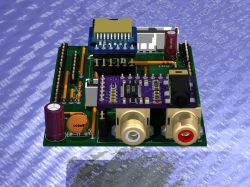 .
.
 .
.
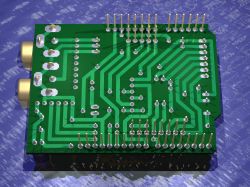 .
.
